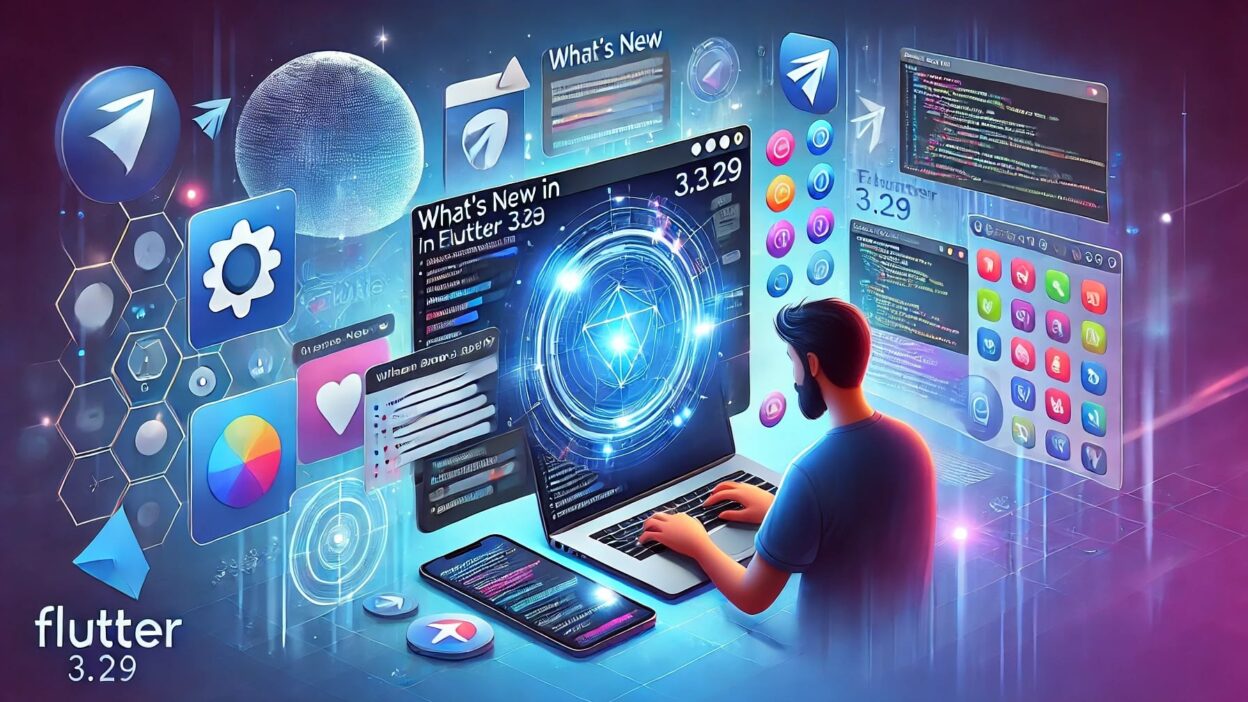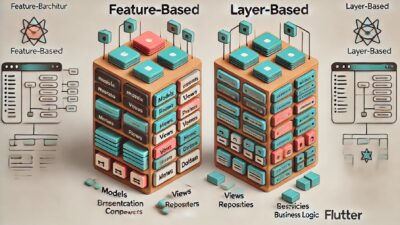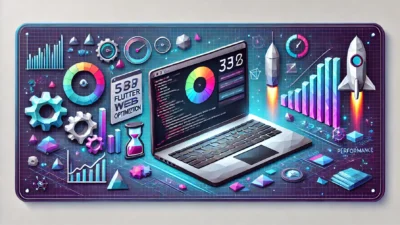Flutter 3.29 brings significant enhancements to Google’s cross-platform UI toolkit, continuing to refine performance, developer experience, and platform capabilities. This release builds on Flutter’s commitment to helping developers create beautiful, natively compiled applications from a single codebase.
Performance Improvements
Impeller Graphics Engine
The Impeller graphics engine, initially introduced for iOS, has been further stabilized and is now enabled by default on Android as well. Key improvements include:
- Reduced jank: Frame rendering is more consistent with fewer unexpected pauses
- Shader precompilation: Complex shaders are now precompiled during build time, eliminating runtime compilation stutters
- Better memory management: More efficient texture handling reduces overall memory footprint
- Improved text rendering: Text appears more crisp and consistent across platforms
Dart 3.4 Integration
Flutter 3.29 includes Dart 3.4, bringing:
- Records and pattern matching improvements: Better syntax for handling complex data structures
- Enhanced isolate performance: Up to 20% faster communication between isolates
- Smaller code size: Further optimization of AOT compiled applications
Developer Experience
DevTools Enhancements
Flutter DevTools has received significant upgrades:
- Memory profiling: More detailed memory analysis tools to identify leaks and inefficient resource usage
- Widget inspector: Enhanced visualization of the widget tree with better filtering options
- Performance overlay: More comprehensive metrics for real-time performance monitoring
New Material 3 Components
The Material 3 implementation has been expanded with:
- ResponsiveLayout widgets: Easier adaptation to different screen sizes
- ColorScheme refinements: Better support for dynamic theming
- NavigationBar improvements: More customization options for bottom navigation
Enhanced IDE Support
- Hot reload optimizations: Faster reloading of changed code
- Code completion: Smarter suggestions for Flutter and Dart code
- Refactoring tools: New automated refactoring options for common patterns
Platform Capabilities
Web Enhancements
- CanvasKit improvements: Faster rendering and better text fidelity
- Reduced initial load time: Optimized asset loading and initialization
- Web interoperability: Better communication with existing JavaScript libraries
Desktop Improvements
- Window management API: More control over application windows
- Menu bar customization: Enhanced support for native menu conventions
- File system access: Improved APIs for handling files on desktop platforms
Mobile Updates
- Camera plugin enhancements: Better performance and feature parity across platforms
- OS integration: Deeper integration with platform-specific features
- Accessibility improvements: Better screen reader support and accessibility features
Breaking Changes and Migration
While Flutter 3.29 aims to maintain backward compatibility, some changes may require attention:
- Certain deprecated APIs have been removed
- Some widget behaviors have been standardized across platforms
- Material component defaults have been updated to align with latest Material Design guidelines
A migration guide is available to help developers transition existing applications smoothly.
Getting Started with Flutter 3.29
To update to Flutter 3.29, run:
flutter upgradeAfter updating, verify your installation with:
flutter doctorFor best results, ensure your dependencies are compatible with Flutter 3.29 by updating your pubspec.yaml file and running:
flutter pub getConclusion
Flutter 3.29 represents another significant step forward for the framework, with meaningful improvements to performance, developer experience, and platform capabilities. These enhancements enable developers to build even more responsive, feature-rich applications while maintaining the productivity benefits of Flutter’s cross-platform approach.
As Flutter continues to mature, we’re seeing increasing adoption across industries and application types – from startups to enterprise companies. The 3.29 release furthers Google’s commitment to making Flutter the premier solution for cross-platform application development.





